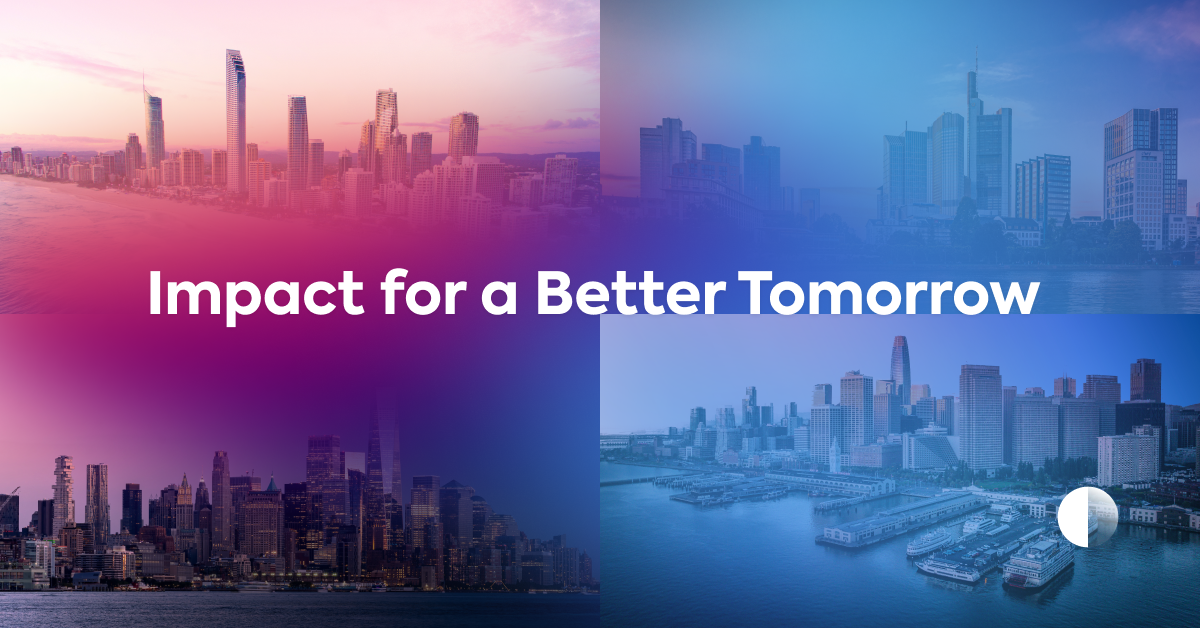For modern enterprises to cope with (and capitalize upon) the accelerating rate of change, the business and IT need to be sprinting in absolute lockstep.
While the business has to adapt to keep pace with trends and technology, IT needs to be able to facilitate that adaptation by transforming technological environments, often at breakneck speed.
But when IT lacks a full and clear understanding of the very environments it’s being asked to (constantly) change, it gets stuck playing catch-up when it should be racing in tandem.
And that’s a frustrating place to be. Just ask Gerard Brown, IT Business Partner at New Zealand’s largest gas network Firstgas Group (FGG).
Gerard’s job is to align tech planning to support FGG’s business changes and strategic objectives. But back in 2020, before FGG adopted LeanIX, that job was proving to be near-impossible.
“We couldn’t keep up with where the business was heading,” said Brown when he spoke at last year’s EA Connect Day APAC. “We couldn’t be proactive. IT projects were happening to us.”
Today, FGG has a framework for enterprise architecture built around LeanIX and Brown’s Information Services (IS) team has left the backfoot firmly behind them.
In this blog, we’re going to summarize some of the challenges Brown and his team were facing that led them to establish a planned architecture practice – and why they decided they needed an Enterprise Architecture (EA) tool to help them build that practice.
For the full, fascinating story, you should watch Brown’s EA Connect Day presentation. Pronto.
Why Firstgas Group needed enterprise architecture
FGG has been operating since 2016, and in the intervening years has been steadily expanding through acquisitions.
Throughout (and despite) this expansion, FGG has always stuck to a lean operating model – not least when it comes to IT. When Brown spoke at Connect Day, his IS team (which supports the business across over 100 primary applications and 14 office locations and drives a project portfolio of around $15 million a year) still comprised only 18 people.
To make matters trickier, FGG’s multiple acquisitions had created a highly complex IT environment, full of shadow IT systems, duplicated technologies and poorly documented legacy systems.
With no enterprise architecture in place, the ultra-lean IS team lacked visibility into this snake-pit of a current state. Simply maintaining the environment was a full-time job, let alone carrying out the significant IT landscape changes and rapid initiatives that were demanded by the business.
Both Brown’s team and FGG were being held back – and by mid-2020, it was clear to both sides that something had to change. The IS team needed to grow its enterprise architecture practice and consolidate its architecture knowledge into a coherent system.
In short: it was time to tool up.
4 Benefits of adopting an Enterprise Architecture tool
In his EA Connect Day presentation, Brown explains the four benefits FGG expected from implementing an EA tool.
1. A reliable EA model to build on.
This wouldn’t only capture the current state of FGG’s environments but would also provide a foundation on which to build practice and processes.
2. A bridge for building trust with the business.
An EA tool would give business and IS a common language – enabling IS to demonstrate their understanding of the business and how tech could best support it, both now and in the future.
3. Bringing shadow IT out of the shadows.
With full visibility of the current state, the IS team could capture the full complexity of shadow IT systems and contextualize them within business application and tech architectures.
4. Supporting business and tech changes with snapshots.
An EA tool would enable Brown’s team to filter out complexity and highlight key concerns within smaller areas of consideration (such as the context of a particular business capability or process).
Brown explains that it was critical that this EA tool was SaaS – so that it could be rapidly implemented and run at reduced operational costs, frequently updated and improved with a low cost of change, and enabled as much online collaboration with partners as possible.
That was one reason why FGG selected LeanIX as its EA tool.
To find out the other reasons (including rapid time-to-value, intuitive controls and post-implementation support), and to learn how LeanIX has helped FGG’s IS team get on the front-foot with the business, watch Gerard Brown’s full presentation here.
LeanIX Connect 2022: Prepare yourself for Continuous Transformation
Firstgas Group’s story is illustrative of the fact that the modern enterprise is always innovating, always adapting and always ‘On’. And the business side of Innovation for the Always-On Enterprise simply can’t afford to wait around for IT to catch up with its strategic vision.
At LeanIX Connect APAC 2022, we’ll hear thought leaders and LeanIX customers like Gerard Brown talk about how enterprise architecture is essential to enabling IT to support the continuous (and rapid) innovation demanded of the Always-On Enterprise.
Check out the full details here – and make sure you join us for tips on how to get the momentum needed for this momentous year.
